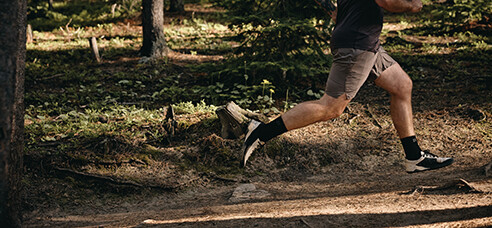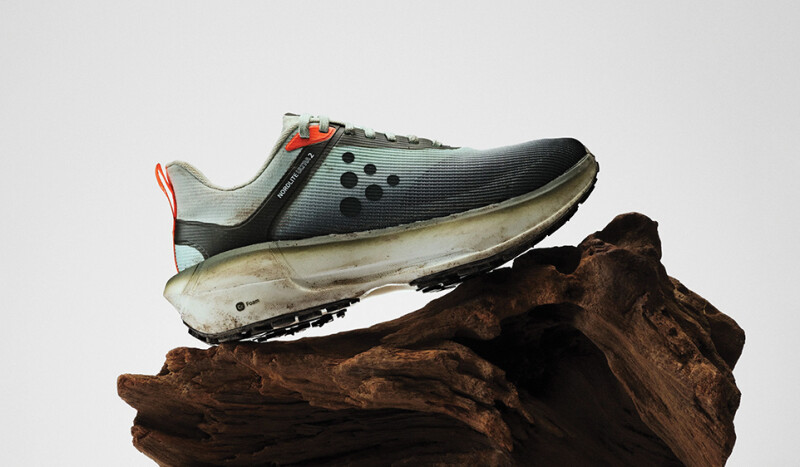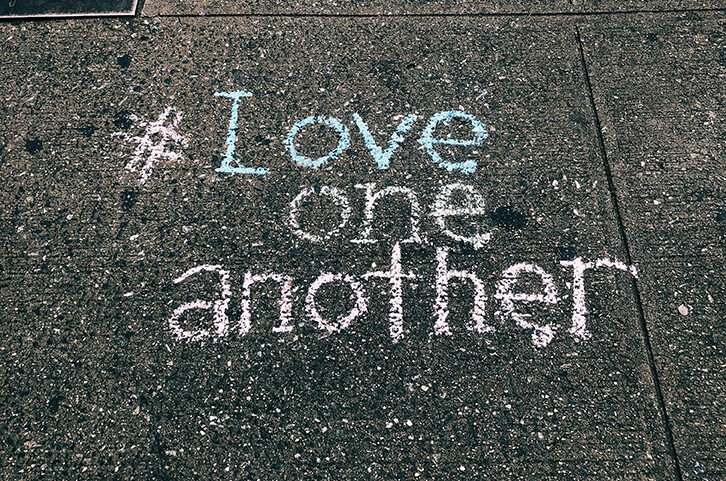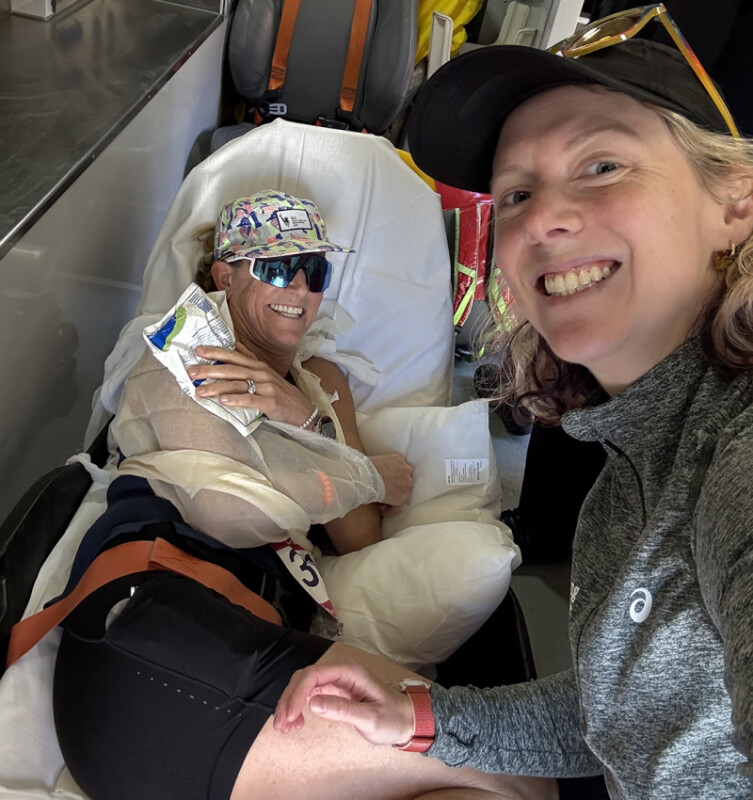The insole category, once quiet, steady and predictable, is now exploding with mass customization innovations in response to increasing consumer demand for personalized products. On the cutting edge are 3D foot scanning and insole printing technologies that are well on the way to becoming de rigueur in the running specialty channel. While custom insoles and orthotics aren’t new, until recently they have been extremely expensive – starting at about $350 and often costing hundreds more – and have required an exacting and time-consuming process of casting, molding, hand-shaping and fitting by experts. The latest 3D scanned and printed iterations average about $150 per pair, utilize a highly detailed foot scan that can be performed in-store, and the finished product is custom printed and delivered within a week or two.
One of the largest players in the category and the market leader in running specialty is Superfeet, which offers ME3D 3D-Printed Custom Insoles using advanced FitStation by HP technology. Basically, FitStation works by taking a 3D scan of the foot and ankle and providing gait analysis to create a kinetic profile of the foot. This precise biometric profile can be used to design and produce a custom insole. Or, if the consumer doesn’t want to go the custom route, the technology can provide personalized recommendations across footwear brands and retailers. The ME3D 3D-printed Custom Insoles have about the same longevity as premium OTC insoles – about 500 miles, similar to a pair of running shoes – and are retail priced at $149.95.
“We now have about 30 FitStation systems in the U.S. market and we’ll add another 180 units by the end of this year,” says Matt Gooch, Superfeet’s director of product and innovation. “We’ll be expanding our distribution with one retailer in particular by Q4 which will total 150 stores. In all, we’ll add close to 200 units — 150 with our new retail partner, plus 20 or so other new accounts.” Beyond the U.S., Superfeet wants to further expand FitStation in Europe and Canada. Eric Hayes, Superfeet’s CMO and head of product development, points out that the company has “an amazing exclusive distributor in Japan, a subsidiary in the U.K. and rest of Europe.”
In addition to its partnership with 3D printing expert HP, Superfeet has joined forces with DESMA, a leader in direct-attach footwear manufacturing, and rs scan, which specializes in collecting pressure data and turning it into physical products such as 3D printed insoles (rs scan also makes the pressure plates used in FitStation).
“Our approach is to bring together partners that allow us to scale the project in a way we couldn’t do alone internally. We can leverage the quality, expertise and best-in-class capabilities of our partners and that gives us the freedom to create insoles personalized to a level not available before,” explains Gooch.
Powered by 3D Printing
All of the ME3D custom insoles are created at Superfeet’s Flowbuilt Manufacturing facility in Ferndale, WA. The plant is powered by 3D printing, multi-section injection molding and 3D scanning, and is able to handle the mass customization of limited-run shoes for rapid prototyping, sampling and development. Turnaround time for the insoles is about a week and the goal is to reduce that time to four or five days.
On May 9, Superfeet launched ME3D Aftersport Slides, customized sandals that utilize geometry matched to the size and shape of each foot and are made with Syncro Recovery Foam that’s custom-blended based on the user’s weight and dynamic pressure pattern. The slides, retail priced at $99, are created using FitStation technology and are produced at Flowbuilt. Additionally, Superfeet has partnered with Brooks to create the Genesys beta research program, the first fully customized running shoe to utilize FitStation by HP technology. (The Brooks project is now up and running with shoes seeded to brand ambassadors and wear testers, but is not yet available to consumers.)
Superfeet is also introducing Shaped by Superfeet, an ingredient program that will provide the Superfeet shape to other shoe brands, with the first products slated to roll out next year. Shaped by Superfeet will target the run, casual, work/industrial, outdoor, cycling and soccer markets and specific partnerships will be announced by late 2019/early 2020.
“In 2020 we’ll be customizing shape and midsole. By 2021, we’ll be able to customize an upper to conform to the shape of a foot,” says Hayes. “But personalization for all doesn’t stop at the shoe. Five years from now, advances in technology will enable brands to make customized products such as gloves, helmets and apparel.”
Interestingly, Hayes observes that the development of this technology is, in a sense, a return to the way products used to be made before the industrial revolution: customized, one-off items made for the individual.
The Aetrex Effort
Another key brand is Aetrex, which in February launched its 3D Printed Custom Orthotics program for 2019. Utilizing data from its proprietary Albert foot scanner, Aetrex is able to translate complete data to produce an orthotic that precisely matches the individual’s foot, including customization of the right and left feet.
The Albert scanning technology involves 5000 gold-plated barometric sensors, 960 LEDs and receptors and 18 cameras to capture foot data with AI and computer vision-informed software. The scan data is received using 256 degrees of varying pressure that is translated into a complex pressure map. From there, the data goes to the 3D printing production facility where the insoles are designed, and then the CAD files are sent to the 3D printer. The resulting custom orthotics, retail priced at $150, are sent to the consumer within days of the foot scan process.
More than 400 stores currently offer Aetrex 3D Printed Orthotics using the Albert technology, and 800 to 1000 retailers are expected to join up by the end of this year. About 15 to 20 percent of the placements are international. Aetrex has also placed 5000 foot scanners globally, including 300 of the latest Albert design. The program was developed in conjunction with EOS, a global leader in industrial 3D printing. EOS has a production facility in Austin, TX, and next year will have international cells for production.
“We’ve been in the scanning business since 2002,” notes Larry Schwartz, CEO of Aetrex Worldwide. “There’s enough momentum behind foot scanning and data capture that make the technology more attractive, and there’s growing awareness among retailers that this is something that they should consider for their business. The challenge is getting retailers to adapt to the new technology. Smaller retailers are interested in add-on sales of orthotics while larger retailers are drawn to the data for marketing.”
Because the Aetrex scanning data stays in the cloud, each retailer owns the data on its consumers and is free to export it into their own systems to use as they see fit. In the case of Aetrex’s 3D Printed Orthotics, retailers also benefit from a product that requires no inventory, offers high margins and no markdowns and is seasonless. Moreover, these orthotics reduce waste because the material used is recyclable and gets incorporated back into the production process. Schwartz believes that in the long term, 3D custom printed insoles will comprise 20 to 25 percent of the total orthotics market.
Sidas Bridges the Gap
Meanwhile, insole maker Sidas has taken an approach that bridges the gap between 3D custom scanned and printed product and OTC premium insoles. Although the brand doesn’t produce custom 3D printed insoles, it has partnered with digital foot scanning and run analysis provider Gait Up to help recommend both shoe and insole to consumers. The technology consists of a Dynamic Strike Sensor (DSS) for 4D gait analysis, a Feetbox scanning machine, and Corpus.e shoe database.
First, a customer profile is created and the feet are scanned. The user then mounts the DSS pod on the shoe and walks or runs, after which the pod is connected to Feetbox, which starts the analysis. The system then recommends shoe and insoles with virtual try-on.
Sidas sells the system to retailers and also works with shoe brands — for example, Nike uses the technology to better design extended large shoe sizes. All of the data (currently about 1.5 million scans) goes to Sidas, which processes the information.
“It’s all about knowing how your foot moves. This allows consumers to compare shoes and recommendations from scans,” says Sidas marketing manager Quentin Emeriau. “The scanner simplifies the process of selling shoes and insoles, especially when consumers have fit or pain issues. It’s as close to a custom experience as possible for $50, as opposed to custom insoles that sell for $150-plus.”
Emeriau believes that scanners and technology add value that can’t be obtained online, and help the retailer become a knowledge source rather than just a shoe salesman. Just as importantly, the data informs retailers about what sells and what doesn’t, which allows for smarter buying and inventory management.
Active Imprints, which began in 1988 as a custom insole/orthotics maker, is launching its Customizable Insole System this month through 20 to 50 specialty running accounts. While the new line doesn’t require digital foot scans, retailers can use the imagery to help determine a consumer’s foot type, problem areas and pressure points. The brand’s insoles utilize a high-rebound, low-compression proprietary foam and feature add-on parts that can be applied for foot balancing.
The Medical Debate
But as with all emerging technologies, there are some points of contention. Sports medicine specialist, foot expert and accomplished runner Robert Conenello, D.P.M., FACFAS, FAAPSM, asserts that 80 percent of patients with heel and arch pain can do well with an OTC product.
“Technology has been changing the market, even within podiatry. But not everyone needs a custom orthotic, just something to provide comfort and proprioception [ground feel],” he says. “Medical-grade orthotics change the movement pattern while OTC insoles accommodate the movement pattern, hence adding comfort. The bottom line is that there’s not a lot of difference between OTC and custom scanned and printed insoles.
He adds, “The technology is cool and fun, but it’s not the ultimate answer— fitting is as much art as science and there’s more to it than just plug-and-play.”
Lutz Klein, president and CEO of Currex, concurs that the best injury prevention in running is comfort and fit. “We focus on enhancing the shoe, not changing the characteristics and volume of the shoe. The shoe is the fundament of the business and of the runner. If you sell the wrong shoe, no insole will make it better,” he comments.
Klein believes that 3D scanning has a very limited application because it is a static reproduction of the foot. “The forces of running are different than walking, so even with gait analysis mats, the results aren’t accurate in terms of running,” he says.
He is also concerned that retailers, who in most cases pay their vendor partners for the technology, are giving away valuable information that may later be used by those vendors to create semi-custom products that will eventually be sold online, in direct competition with the stores. If knowledge and information is power, he wonders if the retailers should be the ones charging vendors for the data.
Currex, which currently has 65 percent distribution in running specialty stores, has doubled its growth every year for the past five years and posted 70 percent growth from Q1 2018 to Q1 2019. In July/August, the brand will launch a new product for the walking community and distribution will include running specialty stores as well as independent shoe stores.
“We found that 50 percent of customers in running stores were walkers, not runners, so these new insoles should be a good addition to the line,” says Klein.
A Wait-and-See Strategy
Other insole makers in the market have a wait-and-see attitude regarding mass customization.
“We haven’t found anyone who’s done a great job in scaling it in a very effective way. There’s a lot of 3D tech and some consumers are willing to pay $100 to $200 for an insole, but we’re not necessarily seeing anything that’s better than what’s already on the market,” says Drew Davies, EVP and GM of specialty sales at Implus. “We’re having a lot of ongoing discussions about scanning and we’re now looking for the right partner and tech provider.
“This could require a massive amount of training for store associates, which is a big reason we’ve held off for a bit,” Davies adds. “Ideally, we’d like to introduce a system in the next 12-18 months.”
No matter how one judges the rapid advance of mass customization technology, it is demonstrably changing the interactions of consumers with retailers, and retailers with brands. Superfeet’s Gooch warns, “As the market continues to move toward personalized product, consumers are beginning to expect more options. Brands that don’t move in that direction will fall behind.”






